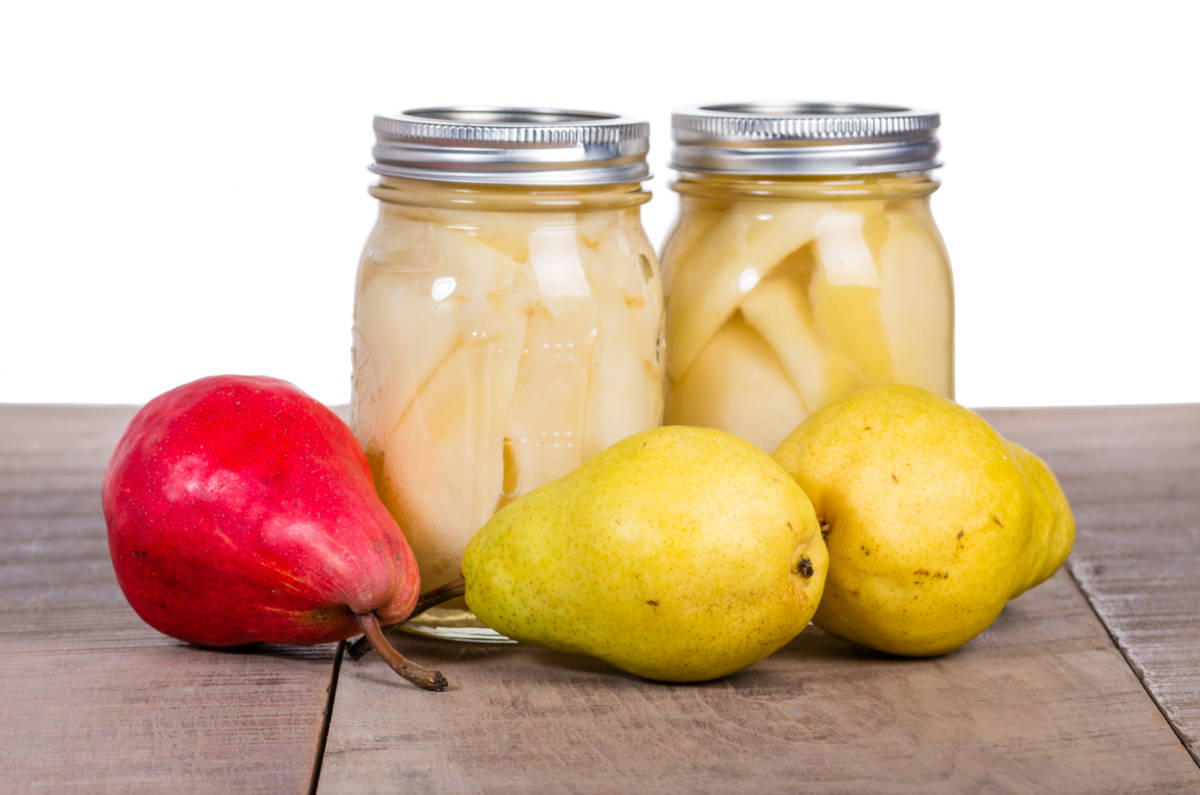
Tips for safely preserving the harvest
By Kathy Riggs
If you plan to preserve the harvest this year, it’s good to review the basics so your final products have maximum quality, shelf life, and safety. The advantages of home canning are lost when jars fail to seal properly, when food spoils, or when flavor, texture, color, and nutrients deteriorate during storage. Consider these tips to achieve the best results.
Quality in equals quality out
Examine foods carefully for freshness and wholesomeness. Discard diseased and moldy food; however, small bruises or lesions in food can be trimmed away.
It is unrealistic to assume under or overripe fruits or droopy vegetables will perk up as a result of preserving. The same holds true for bruising or discoloration. Also, just because a food is grown and can be eaten fresh doesn’t guarantee it will hold up well as a canned or frozen product. Keep in mind that some foods work especially well when dehydrated or freeze dried.
Be mindful of shelf life
As a general rule, unopened home-canned foods have a shelf life of 1 year and should be used before 2 years, which probably leaves you wondering if you should throw away your home-canned foods that are 3 years old or more. The answer is not necessarily. If proper guidelines for processing (including high altitude changes) and storage have been followed and the jar still has a strong seal, safety will not be the issue; rather, it will be quality. After one year, textures and flavors start to break down as do color and nutritional value. The food may not look or taste its best, but it will still be safe to eat. More information can be found at extension.usu.edu/foodstorage/howdoi/canned.
With frozen foods, the enemies of longevity include freezer temperature not being cold enough; not using freezer containers, heavy plastic bags, or wrap to prevent freezer burn; or the formation of ice crystals, which is moisture extracted from the food. Even with optimal conditions, frozen foods are best when consumed within 6 to 12 months.
Dehydrated foods are affected by temperature and moisture along with exposure to air. Any of these conditions will shorten shelf life and may allow mold to grow on the surface of foods. It’s best to include an oxygen absorber packet inside each container to extend the shelf life beyond a few months.
Make food safety your top priority
Most bacteria, yeasts, and molds are difficult to remove from food surfaces. Washing fresh food reduces their numbers only slightly. Peeling root crops, underground stem crops, and tomatoes reduces their numbers greatly, and blanching also helps. But the two vital safety controls are the method of canning and making sure the recommended processing times found in research-based food preservation manuals or online sources are used. If you don’t know if a recipe you have is research-based, contact your local USU Extension office for guidance.
You may be using an approved resource for your recipe, but make certain it contains information for processing at high altitudes. Generally speaking, pressure canning low-acid foods such as meats, vegetables, and some tomato-based products requires an increase of pressure by 13–15 lbs. using dial or weighted-gauges as insurance against botulism food poisoning. Water-bath canning requires increased processing times — generally an additional 10 minutes. Tomatoes are in a category all by themselves and without exception must be prepared as recommended, including increasing the acid level by adding bottled lemon juice.
Take the time to learn and incorporate key safety tips when preserving foods at home. It will add protection to your family and will guarantee the highest, longest-lasting food quality.
Kathy Riggs is a Utah State University Extension family and consumer sciences professor.



